The Buddhist concept of Sati, the moment-to-moment awareness of present events, was first translated as the word “mindfulness” by a British magistrate in Sri Lanka. It wasn’t until a century later that the practice made its way to the West. Discussions about mindfulness began appearing in the United States in the late 1970s, presented by American professor emeritus of medicine Jon Kabat-Zinn. Kabat-Zinn, who was introduced to the idea during a talk at MIT, blended traditional Buddhist meditation practices with Western medicine, describing mindfulness as “moment-to-moment, non-judgmental awareness.”
The concept of mindfulness has since been incorporated into several therapeutic methods, including Mindfulness-Based Stress Reduction (MBSR), dialectical behavior therapy (DBT), and Mindfulness-Based Cognitive Therapy (MBCT). Regularly practicing mindfulness techniques helps anchor us to the present and has been linked to an increased tolerance to pain, improved focus and performance, and reduced cortisol levels.
One of the most attractive features of mindfulness is that it is extremely adaptable and convenient. The techniques can often be accomplished in any space and without any physical tools. They can be carried out in groups or individually, at any time of day or night, and in many cases, without any outward signs at all.
The Basics
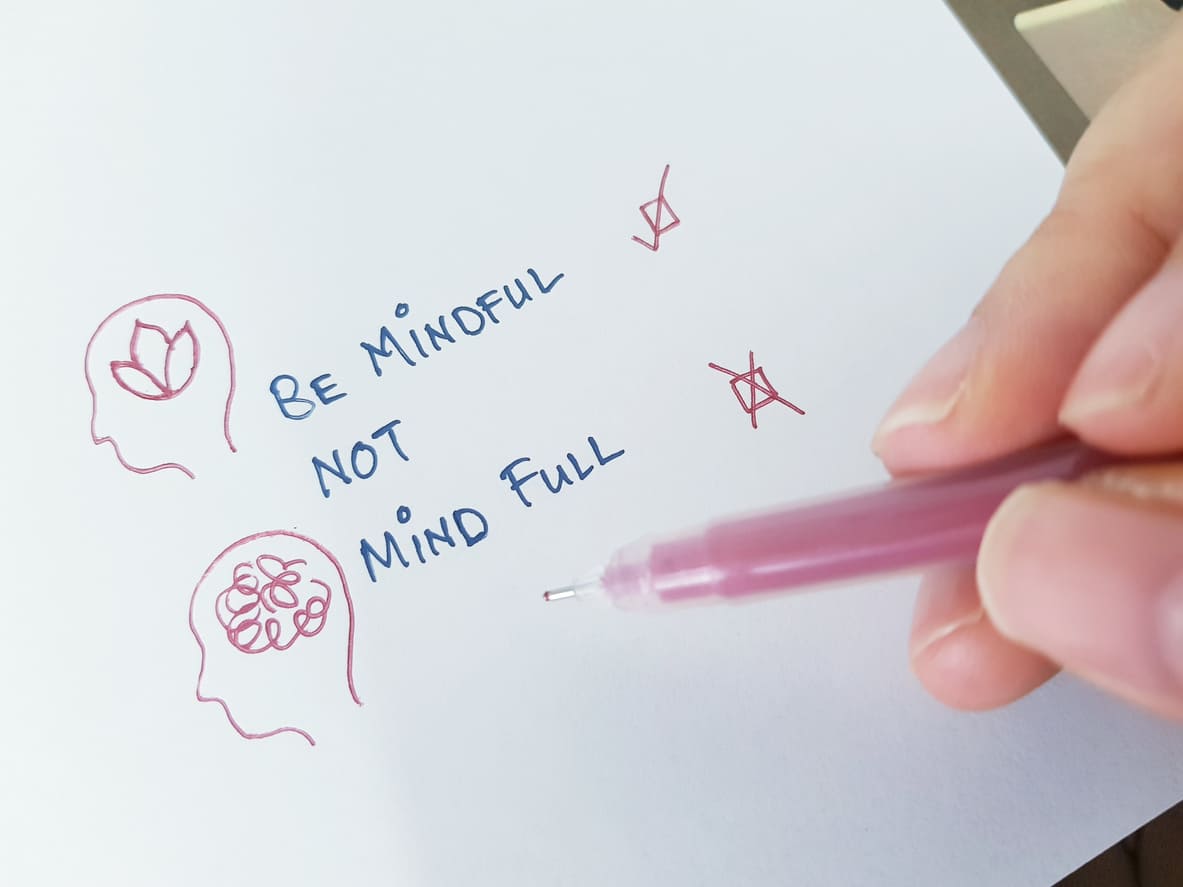
Mindfulness is, at its core, both simple and challenging. The idea of observing the present moment by being aware of our senses is simple. The techniques don’t require special education or tools, but they do require some practice. The idea is to observe something fully, including your thoughts and distractions, without judging or holding on to what you are observing. Whichever activity you choose, these tips will help ensure you get the most out of your mindfulness session.
Start small
Don’t jump into 30-minute mindfulness meditations or choose unusual or complicated subjects right away. Mindfully observe something simple that you are familiar with first. Start with something as ordinary as a coin, a flower, or your own hand, and keep it short at first. Being mindful for even a minute or two can help reduce stress and boost feelings of contentment.
Distractions are part of the process.
Part of observing our thoughts is being mindful of shifts in attention. Distractions are normal and should be observed without judgment. Instead of clinging to the shift or judging the distraction, observe the thoughts related to it, then shift focus back.
Don’t judge your judgments.
This seems to be one of the more commonly experienced obstacles when it comes to mindfulness. It’s easy to get caught up in a spiral of judging your distraction and then judging that judgment. When you observe this occurring, describe it to yourself factually, then bring your focus back to your original subject.
Everyday Mindfulness

While mindfulness can be quite effective when applied to occasional activities like hiking, dancing, or visiting new places, it can be just as valuable when applied to everyday activities. These three options can easily be practiced without ever leaving your home.
1. Body Scan
This mindfulness activity can take anywhere from just a few minutes to half an hour. In a relaxed setting, either sit comfortably or lie down. Focus on how your body feels as a whole. Are you cold? Hot? Tired? How do your clothes feel against your skin? Hold your awareness for at least a minute or two, then shift your awareness to a smaller part of your body. Some people start at their feet, some scan outwards with their breath, and others start at the top of their heads. Start your body scan wherever feels best to you. Focus your awareness on this area for a short while before moving to the next area, continuing until you have scanned your entire body.
2. Mundanely Mindful
One of the great things about mindfulness is that it doesn’t have to interfere with your other obligations. Everyday activities, such as doing dishes, folding laundry, or walking the dog, can all be done mindfully. To mindfully engage in your everyday chores or activities, center your awareness on the sensations you experience. The feel of the running water, the smell of the fabric softener, or the sound of the wind through the leaves. Observe your thoughts, and if they wander, gently bring them back to what you are experiencing now.
3. Eating Mindfully
Mealtimes provide fantastic opportunities to explore mindfulness. Sensations and thoughts can be observed not only while consuming the meal but also while preparing the food. Focusing on the food’s smells, sounds, and flavors as you prepare and eat it naturally slows down the process of eating. This allows you to more accurately recognize when you are full so you don’t end up overeating.
Mindfulness in Minutes

Not all mindfulness techniques require a large time commitment to be effective. These three mindfulness activities are great to help calm your nerves and bring you back to the present moment without slowing you down.
1. The STOP method
This simple and quick mindfulness activity can help center you in just a few minutes. It consists of four steps:
a. Stop
b. Take a Breath
c. Observe your thoughts, feelings, and sensations
d. Proceed
2. Three-Minute Breathing Space
The three-minute breathing space requires only three things: you, three minutes, and your breath. During the first minute, focus attention on how you are feeling, both physically and emotionally. For the second minute, shift your focus to your breath, observing the sensation of breathing in and out. For the final minute, expand your attention outward to encompass the whole body. Explore how your breath affects the rest of your body.
3. Box Breathing
This structured breathing technique commands your attention, helping to bring you into a more mindful state of being. Inhale to the count of four, hold your breath for a count of four, then exhale for a count of four. Hold again for four, then inhale to four again. Continue this cycle for at least a minute. Some individuals also visualize drawing a box when box breathing, picturing a line of the box being drawn for each count of four.
While mindfulness is helpful for many, it’s important to note that it can sometimes trigger some less beneficial effects. Some individuals may experience depersonalization, detachment, or additional feelings of anxiety or depression instead.
Mindfulness is not a magical cure-all, wiping stress and pain away with no effort. It is, however, a valuable tool in our mental health toolkit. Regularly engaging in mindfulness techniques often encourages people to engage more with life, thereby improving their overall resilience and sense of well-being.
Tools for Mindfulness
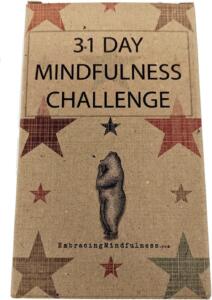
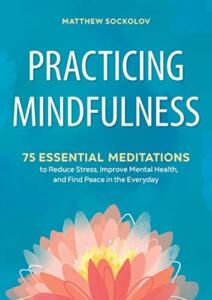
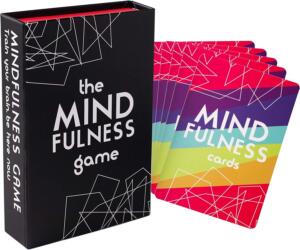
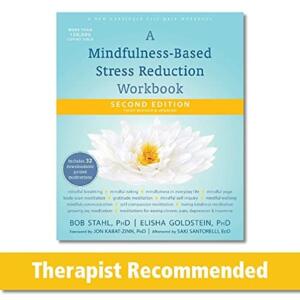
Read Next:
Squash Your Self-Critic with Meditation. Increase Mindfulness and Gratitude.







